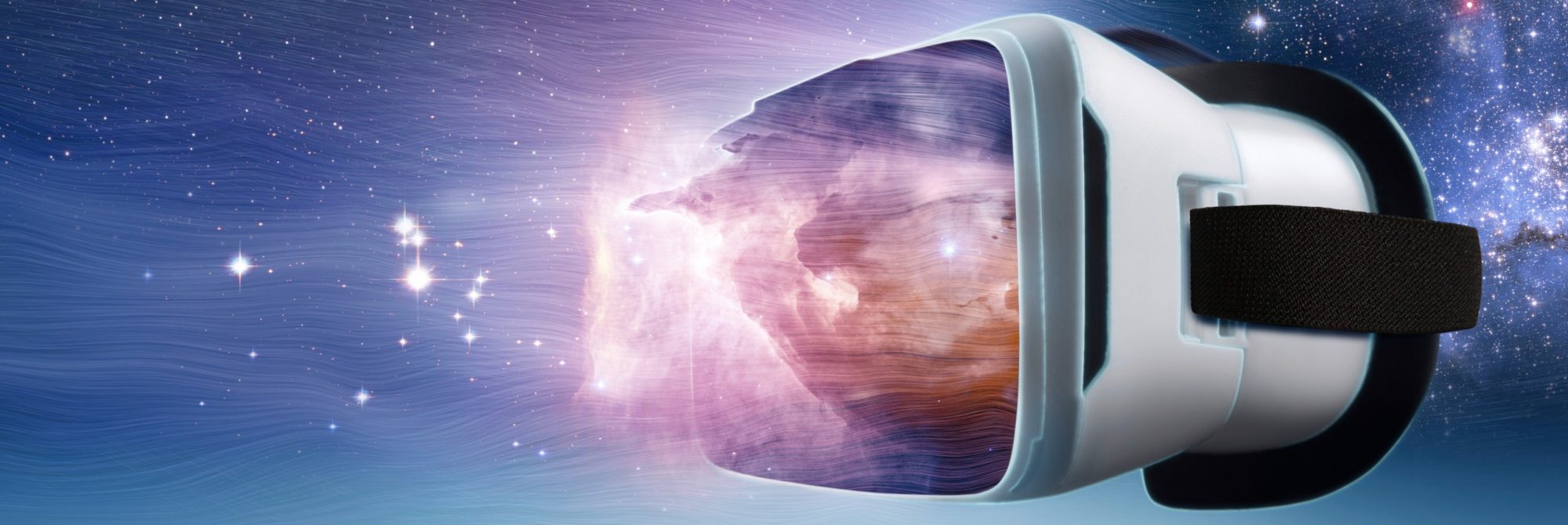This year has been quite demanding in terms of adapting to new circumstances. However, it’s also been a circumstance that has seen many people adopt new technologies, from teleconference to XR apps. Here are a few interesting new XR for health applications that have been aimed at addressing pandemic-related challenges:
The Rehabilitation Robotics Lab at the University of Alberta has created an AR app to help Canadians manage mental health during COVID-19.
Virtual training applications for healthcare workers has also seen an upsurge. Here’s an example from SFU SIAT. Another has been created by Motive for PPE donning and doffing.
Certainly, there has been a new wave of papers advocating for the benefits of augmented and virtual reality applications in health during the pandemic.
Could Virtual Reality play a role in the rehabilitation after COVID-19 infection?
Telemedicine and Virtual Reality for Cognitive Rehabilitation: A Roadmap for the COVID-19 Pandemic
Perhaps the widespread need to adapt with digital tools in lieu of regular in-person practice during this time will accelerate future development and adoption of a whole ecosystem of health-related XR applications.
